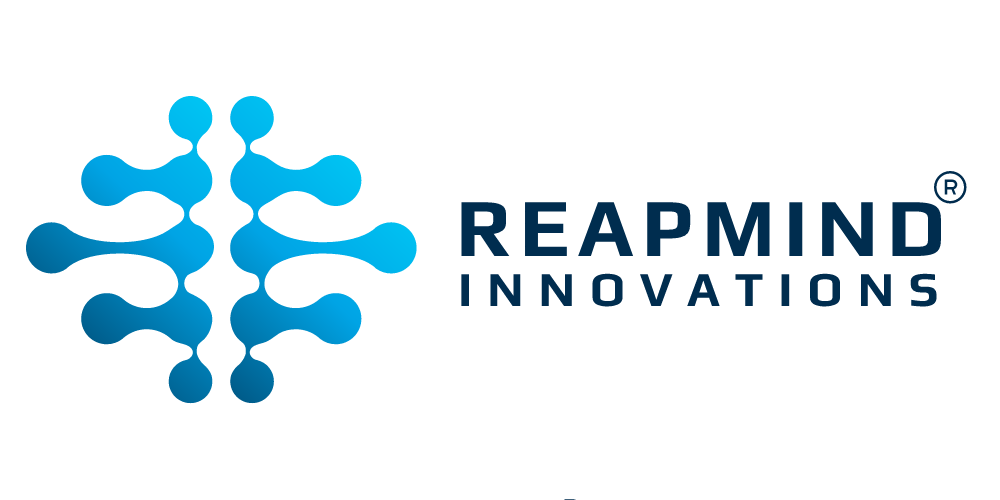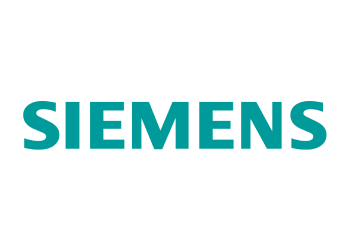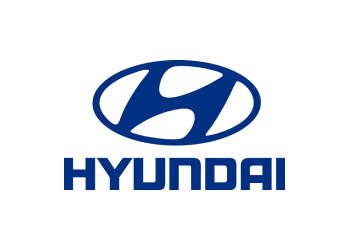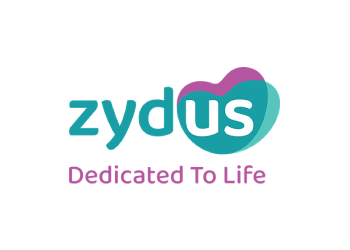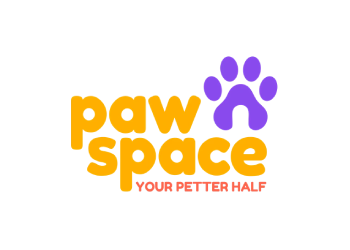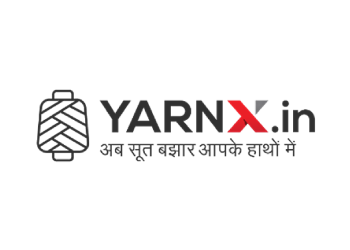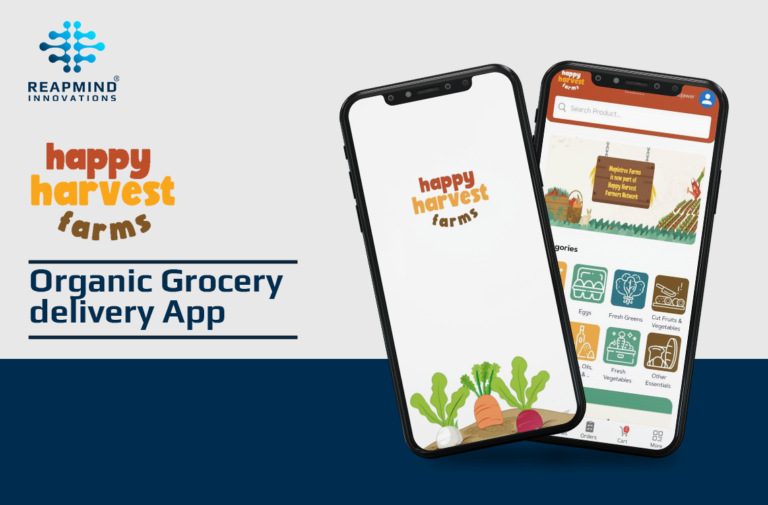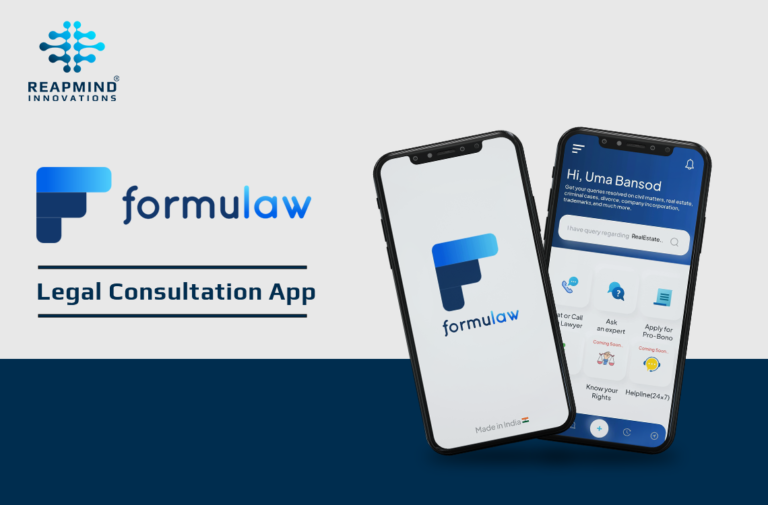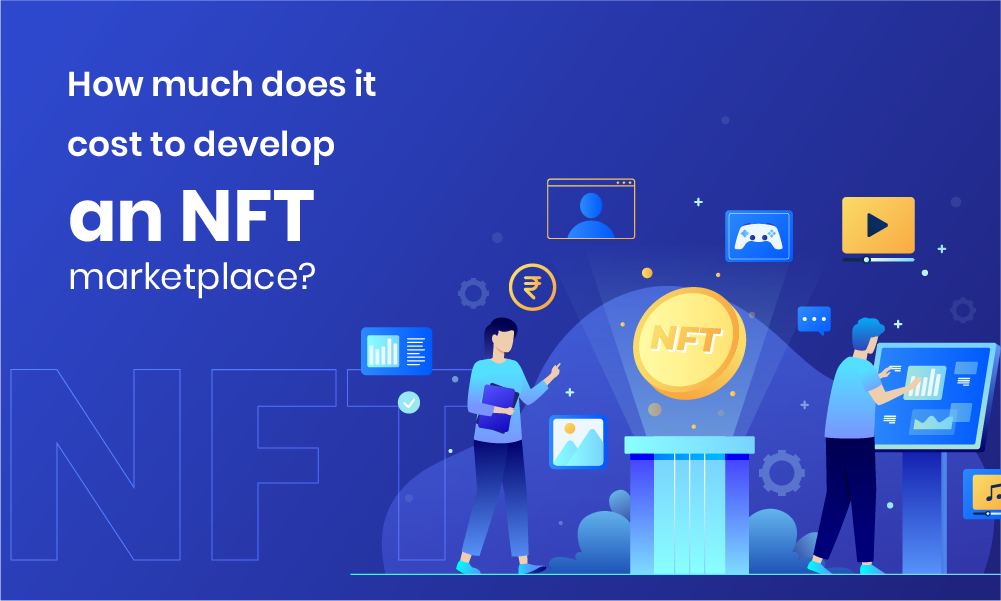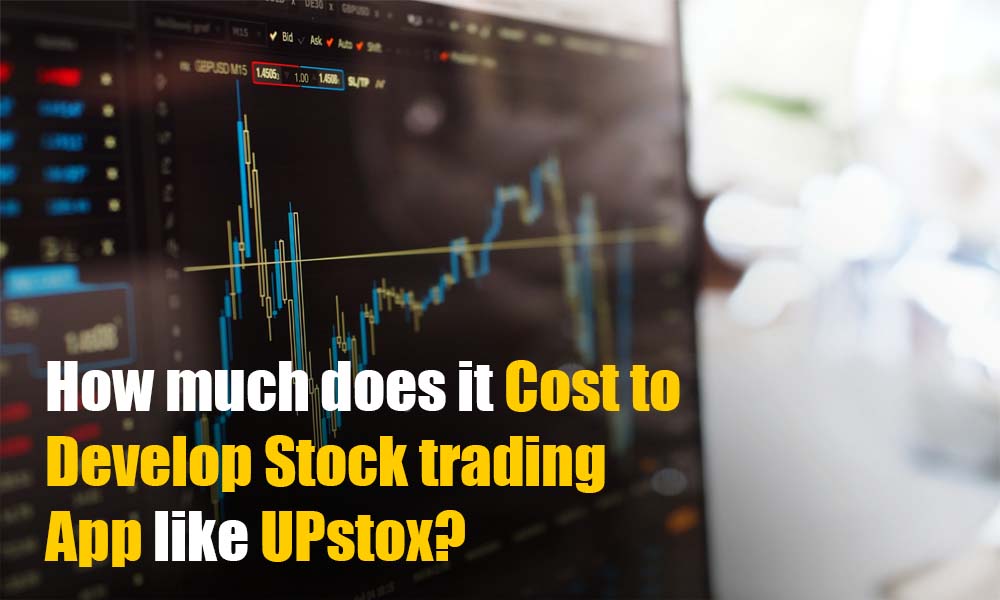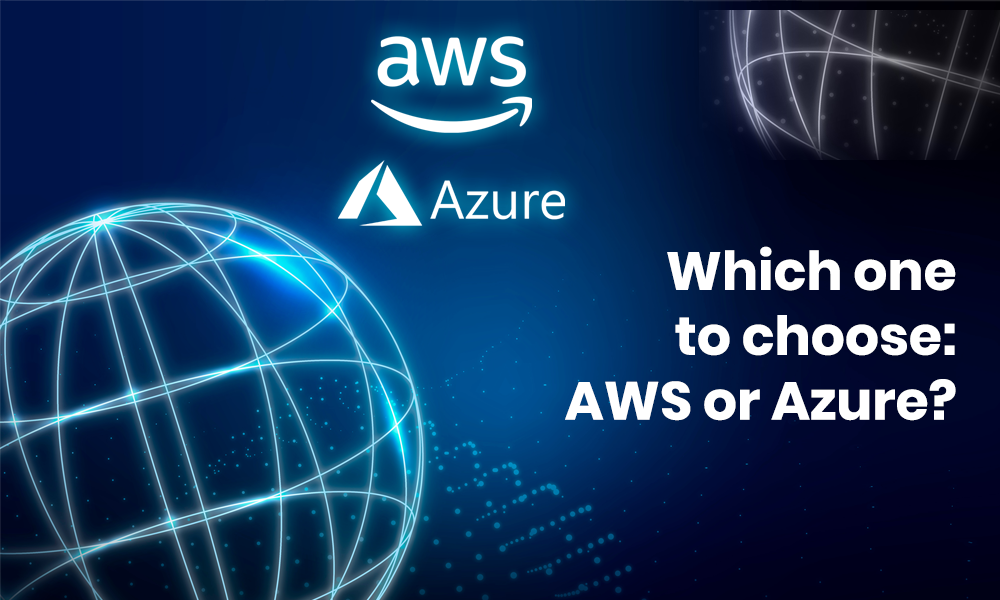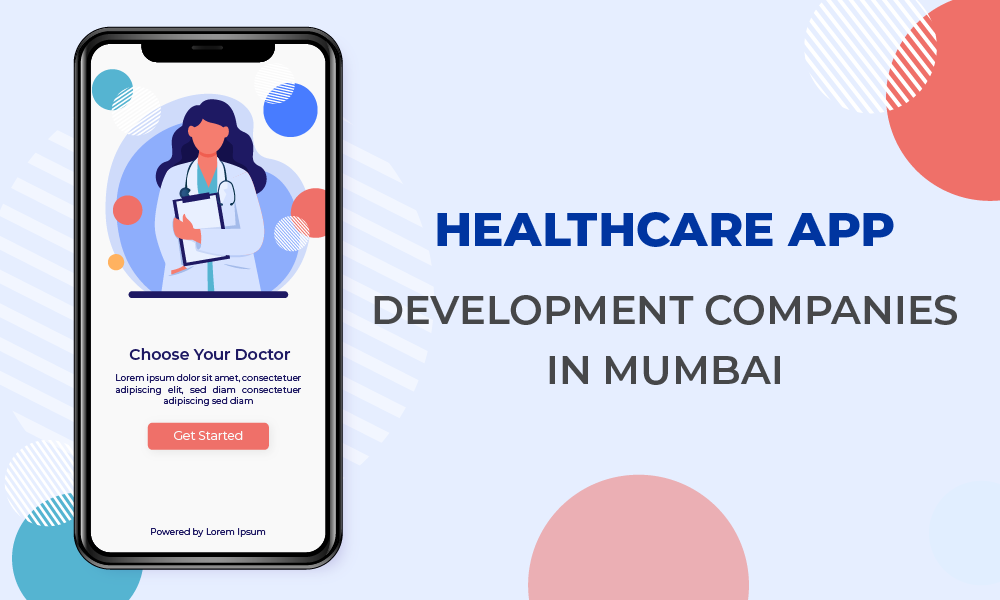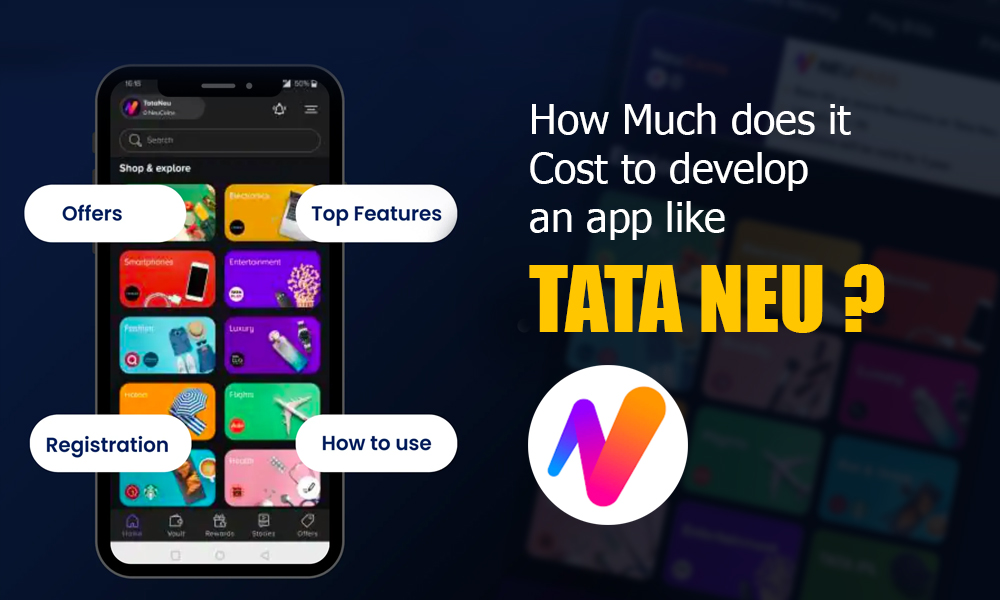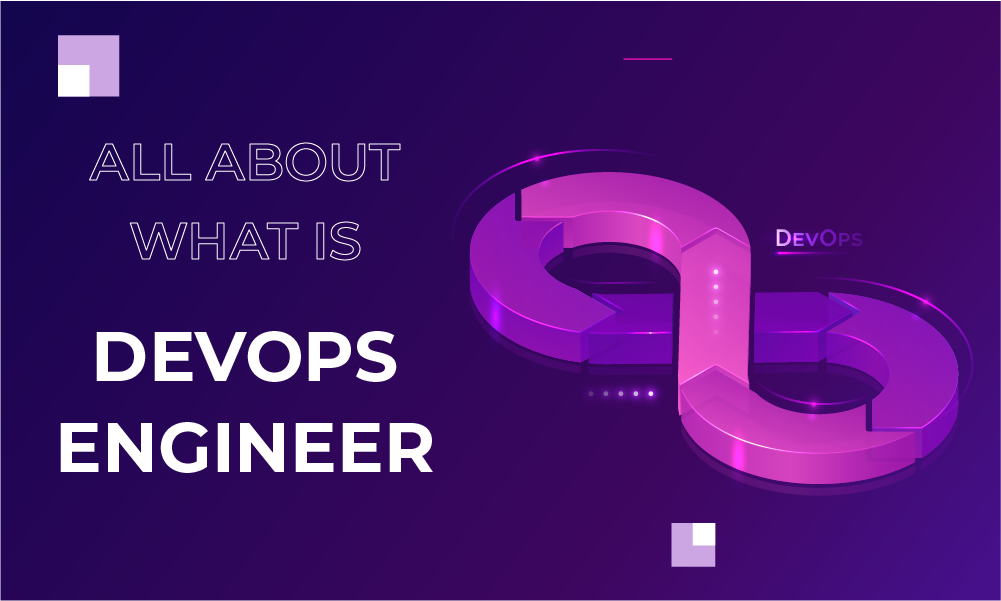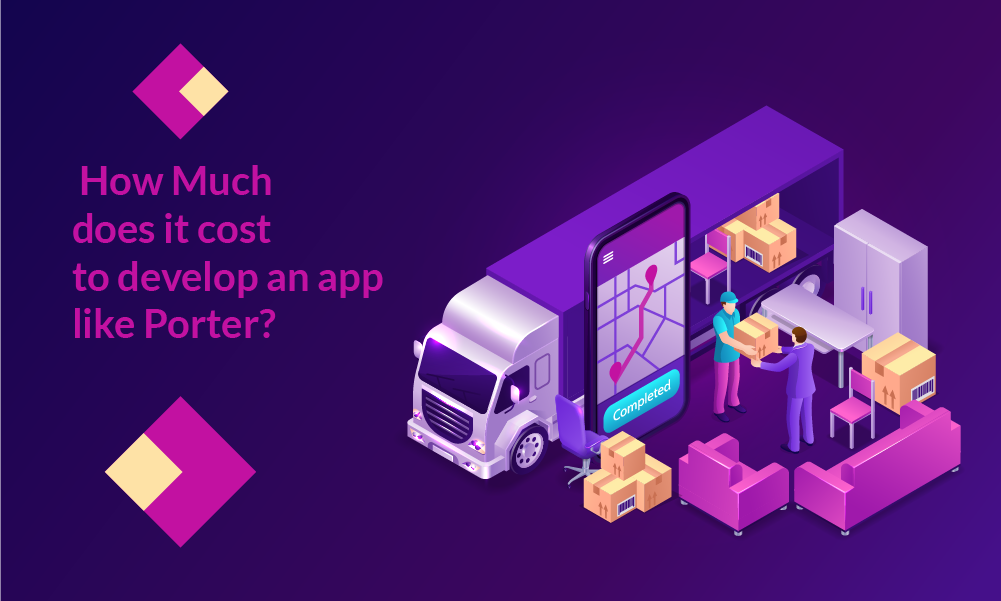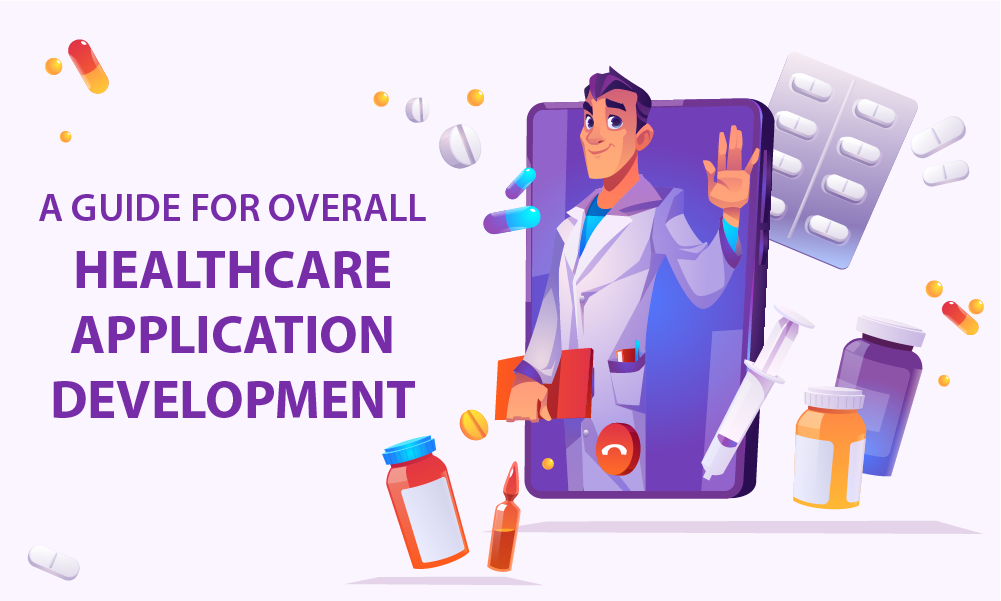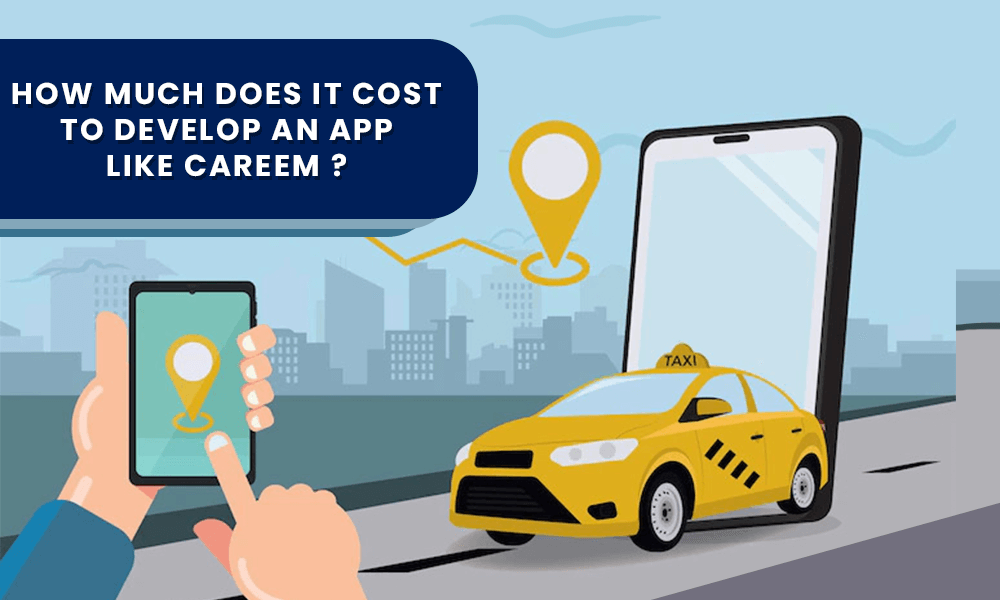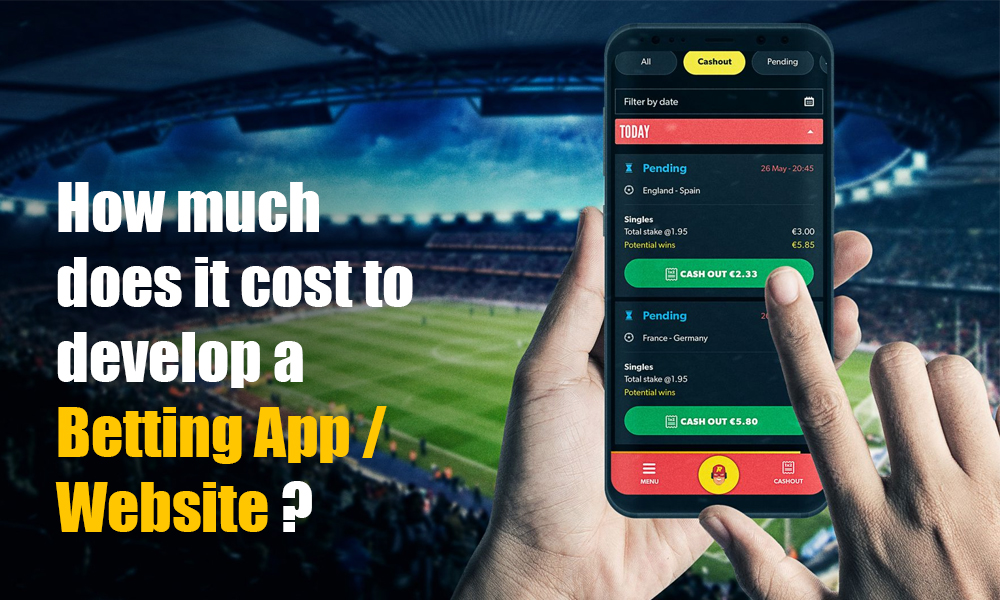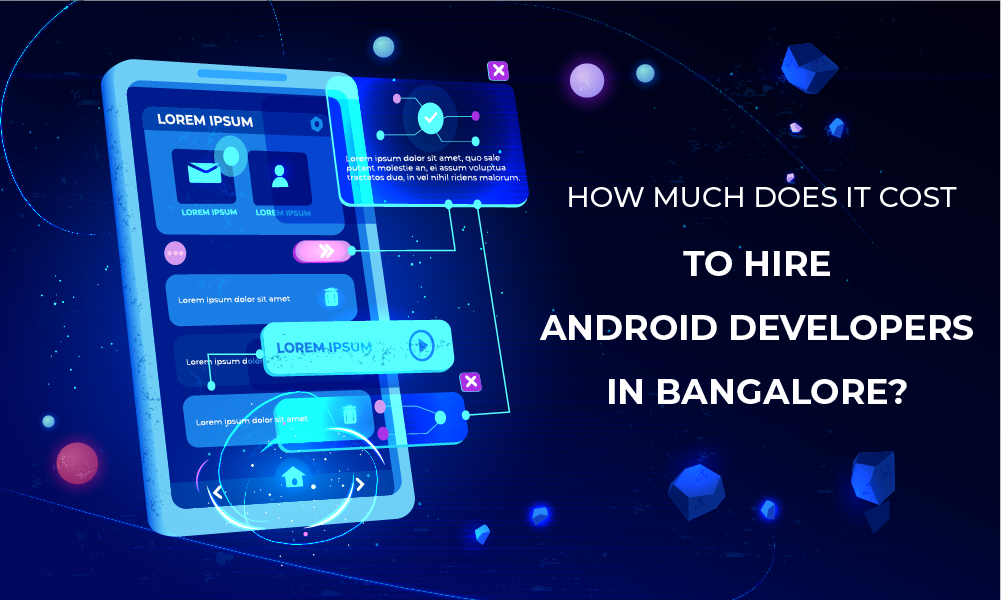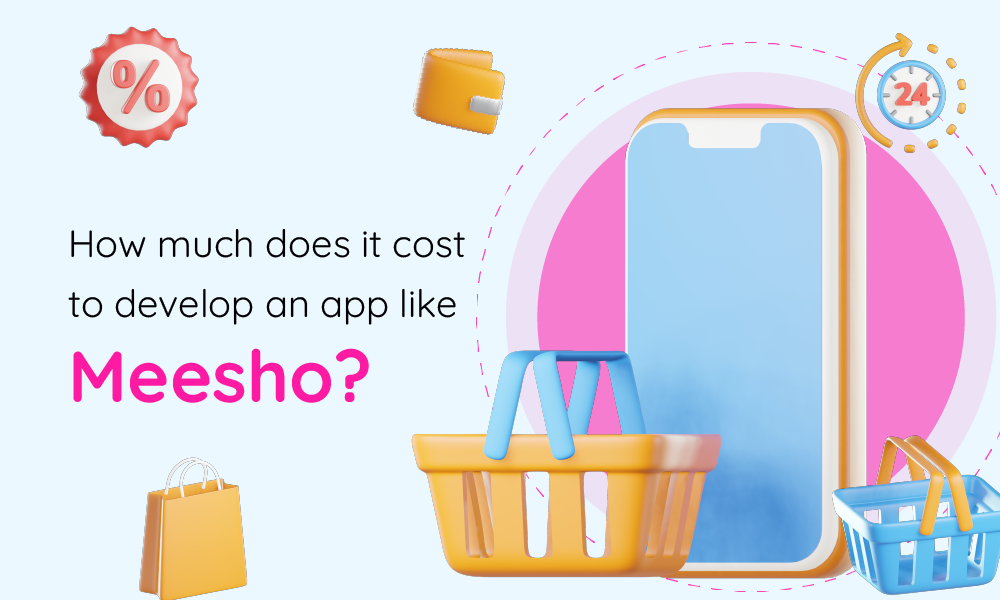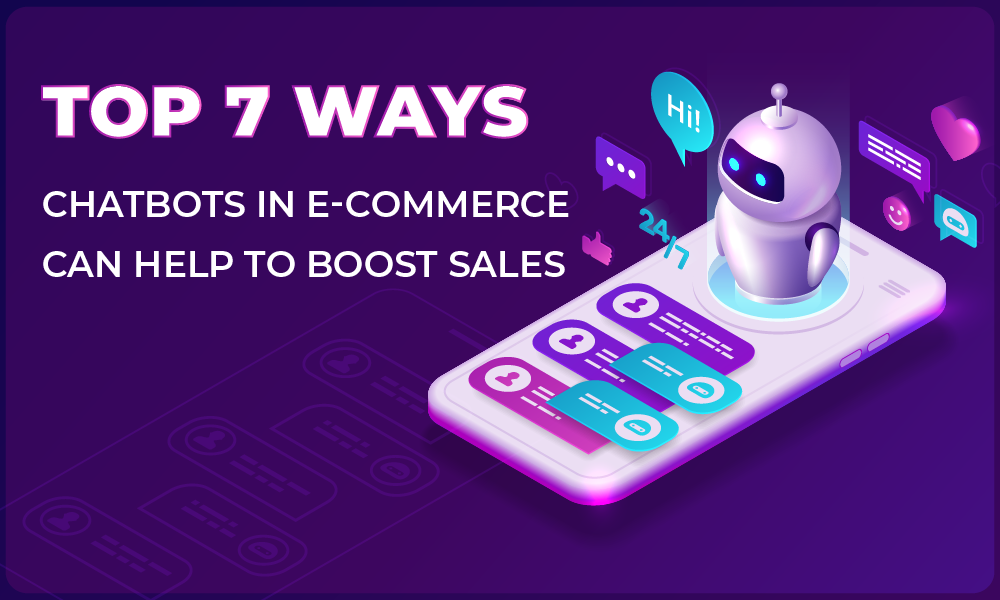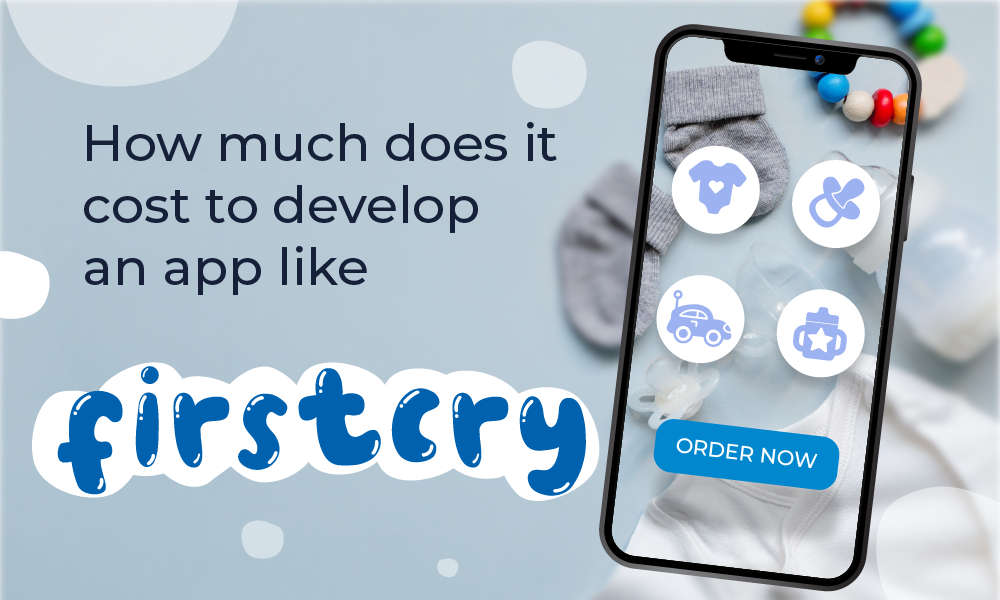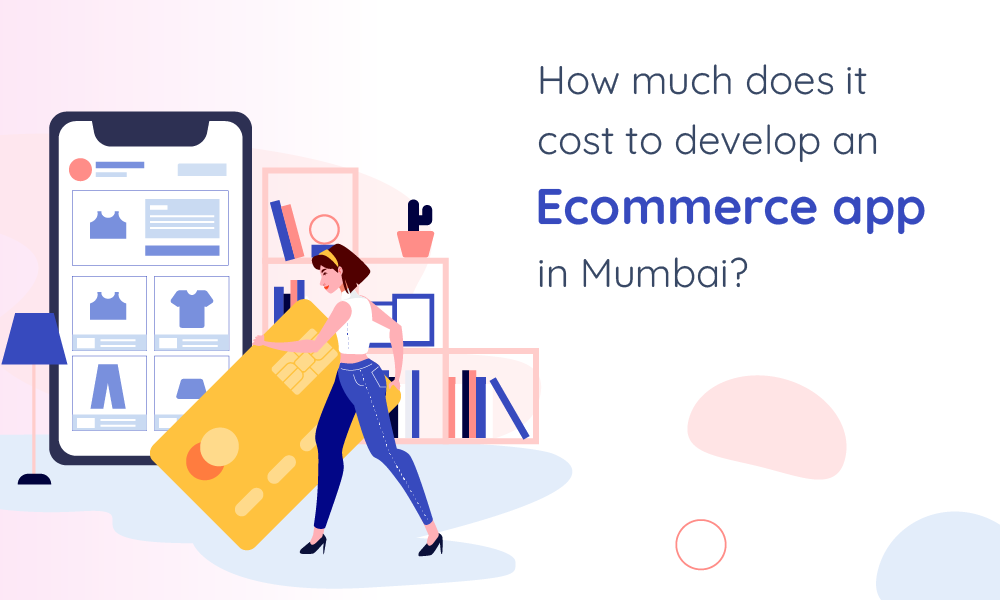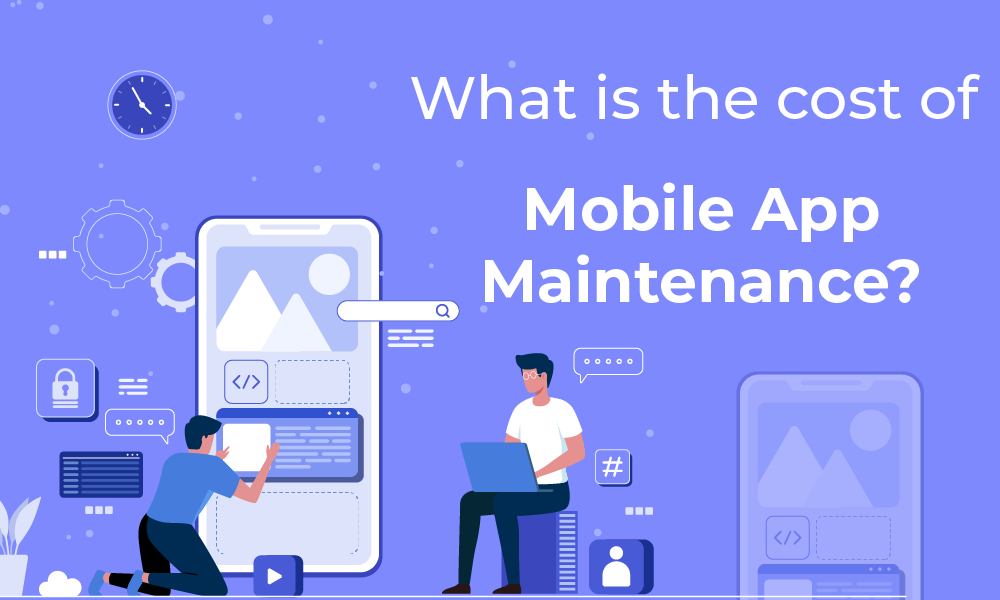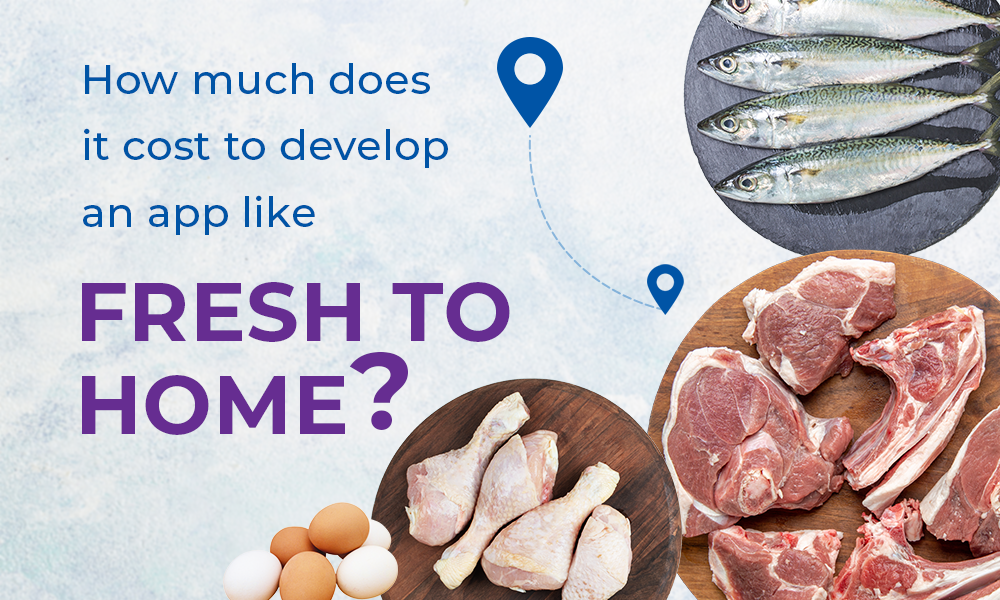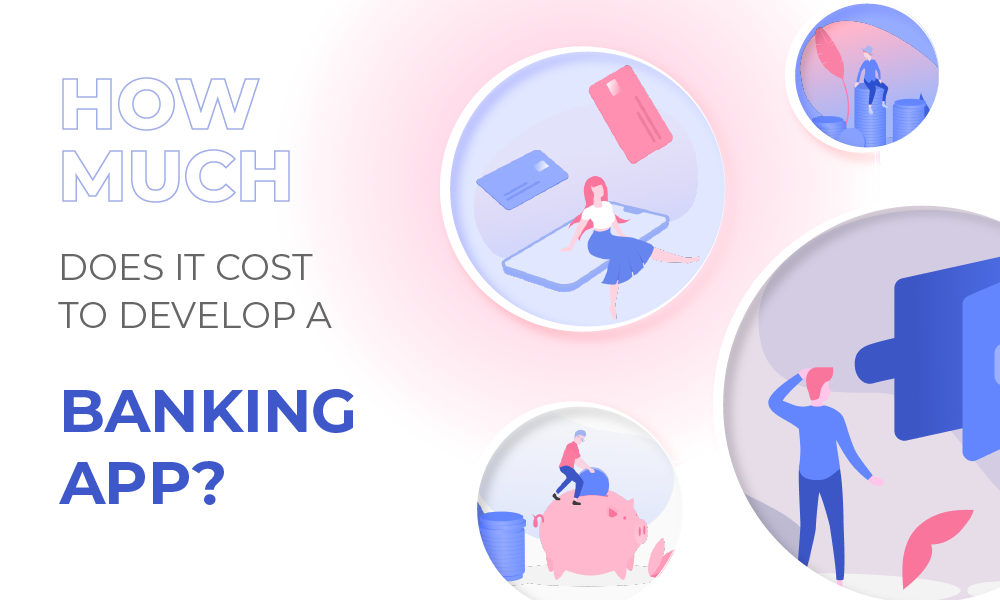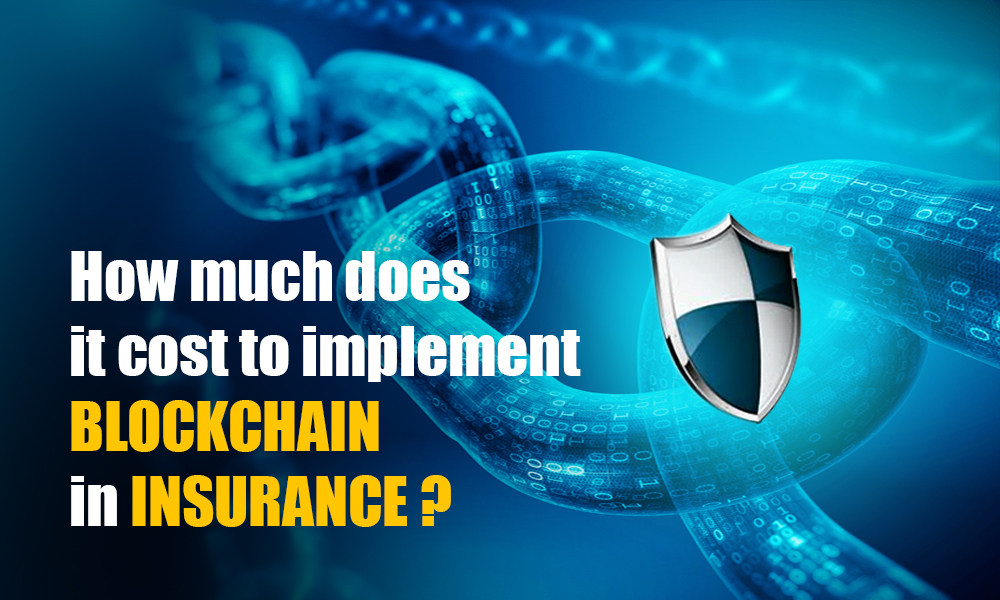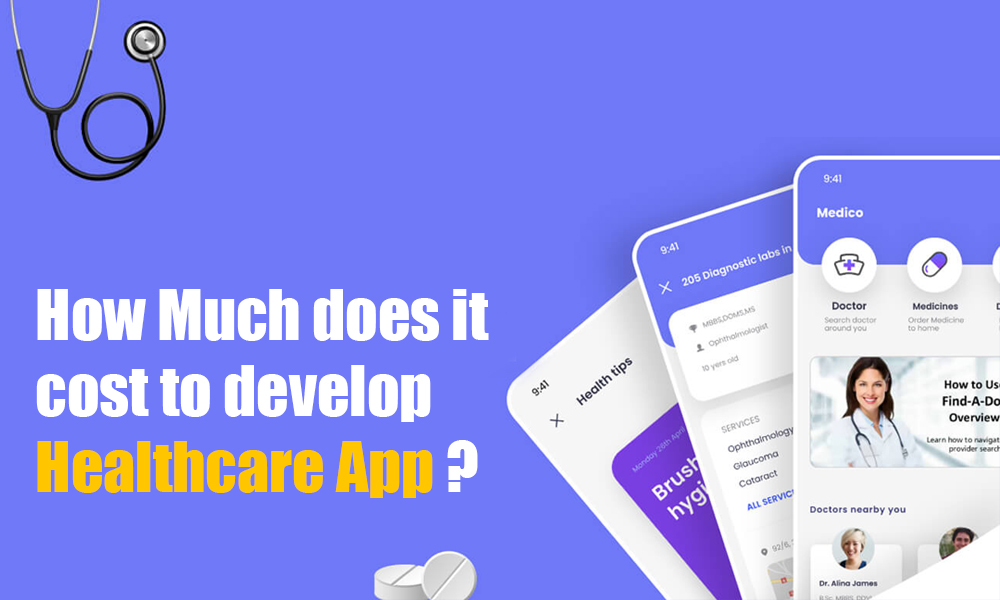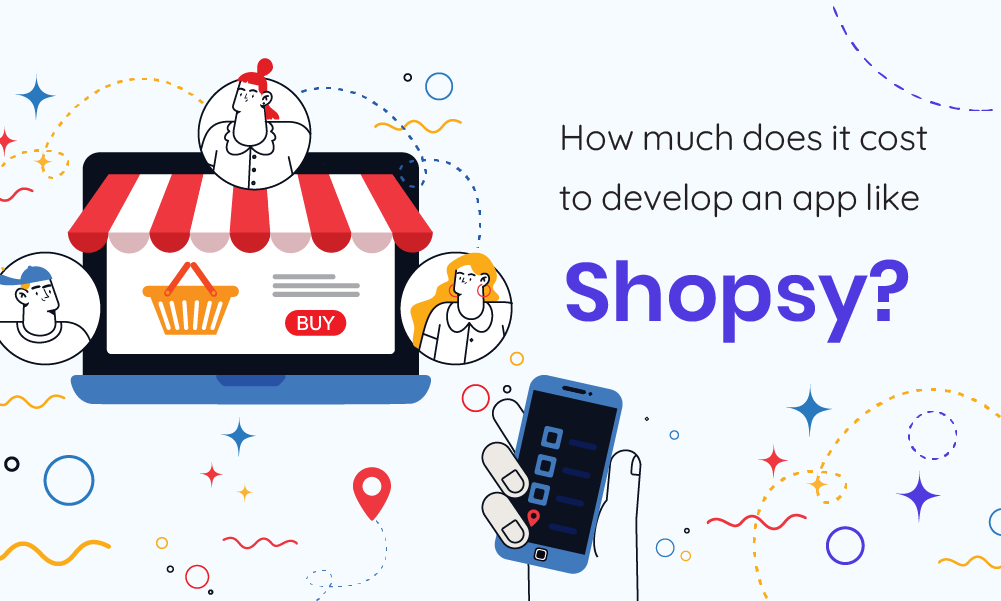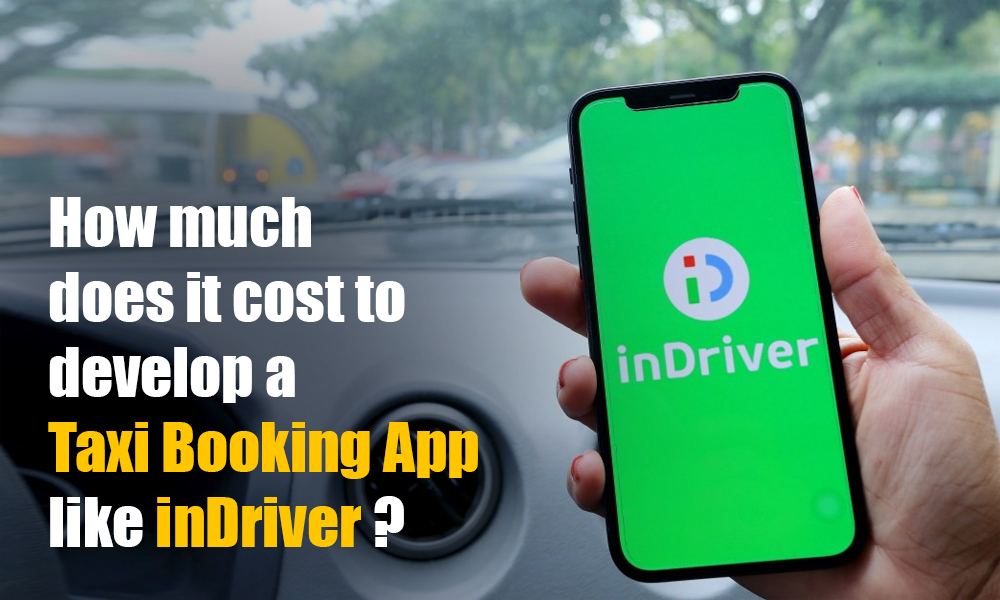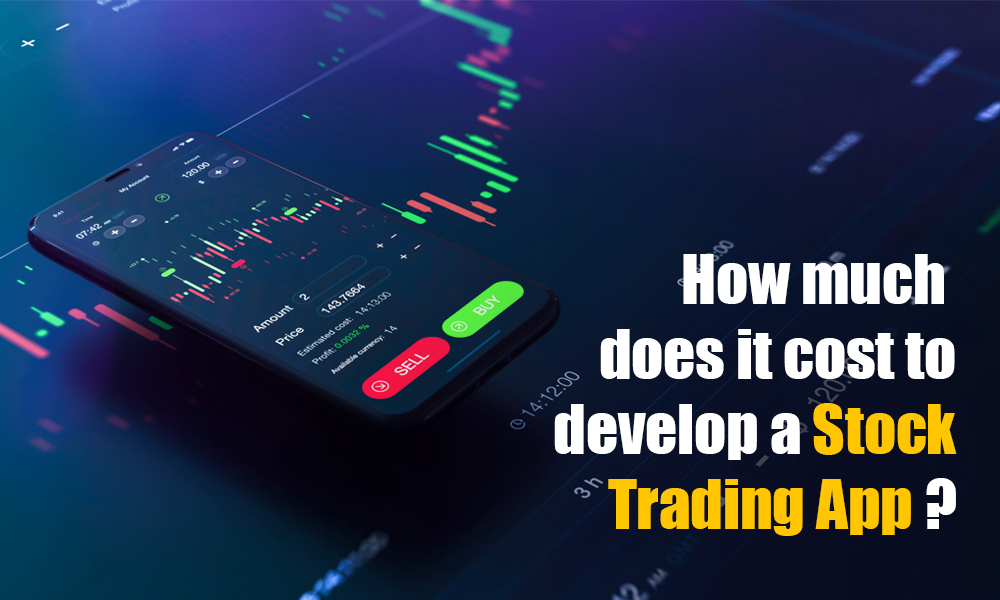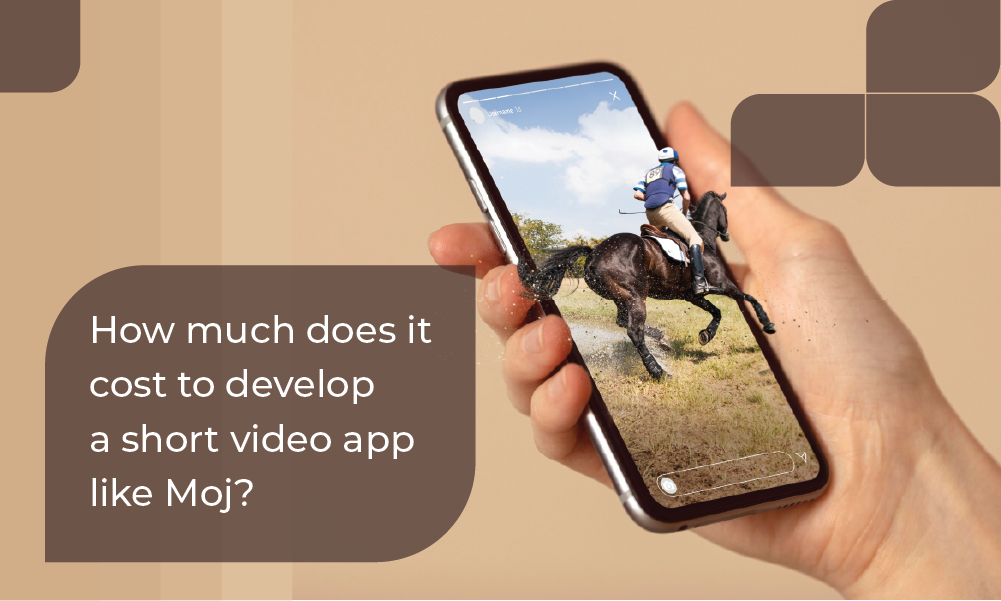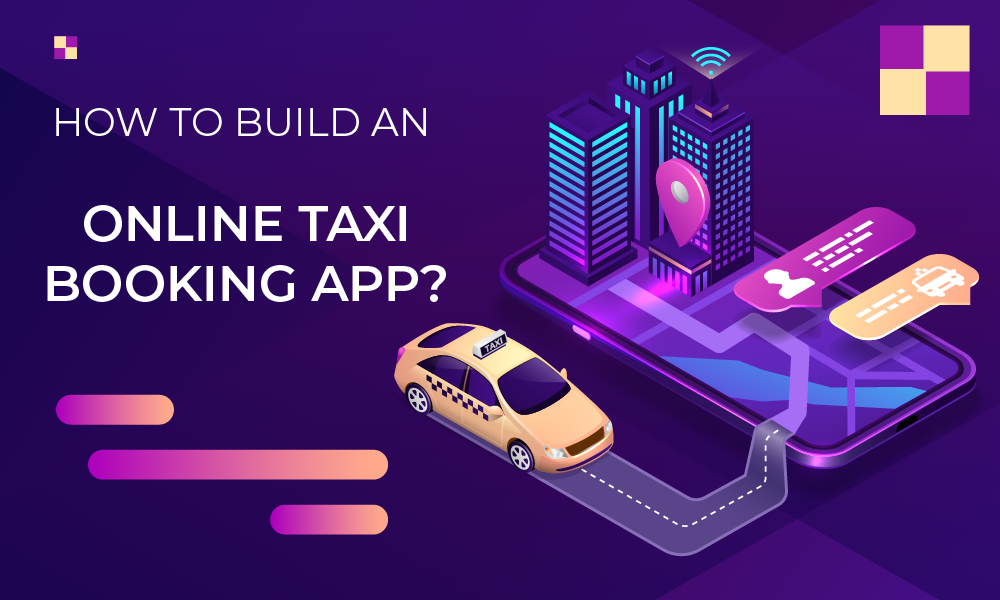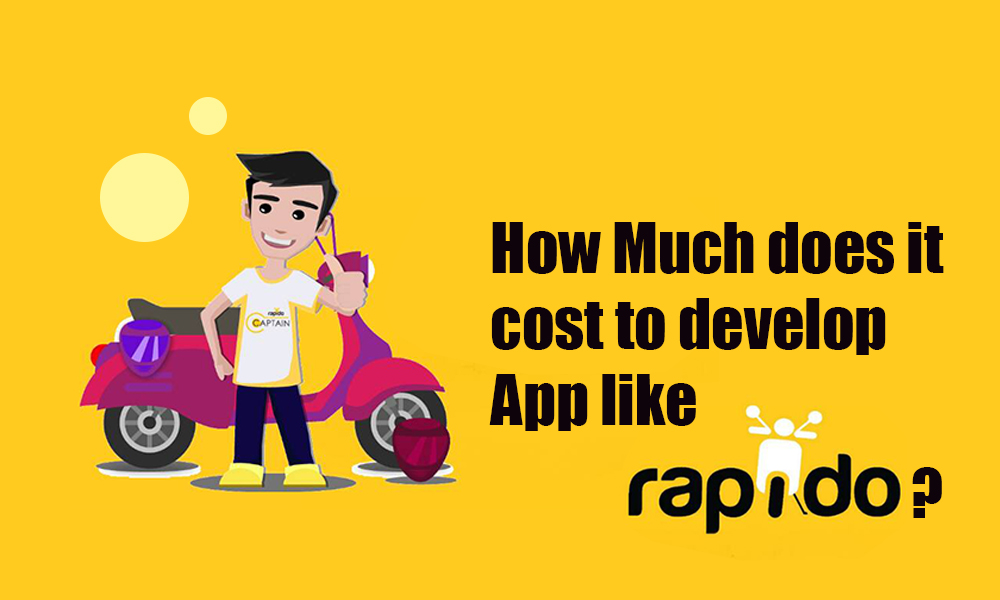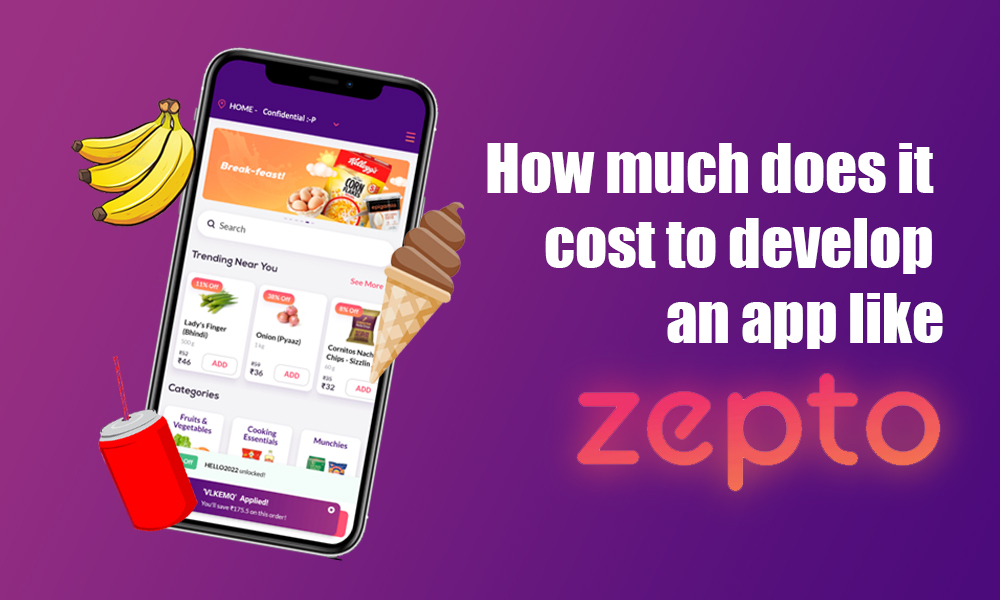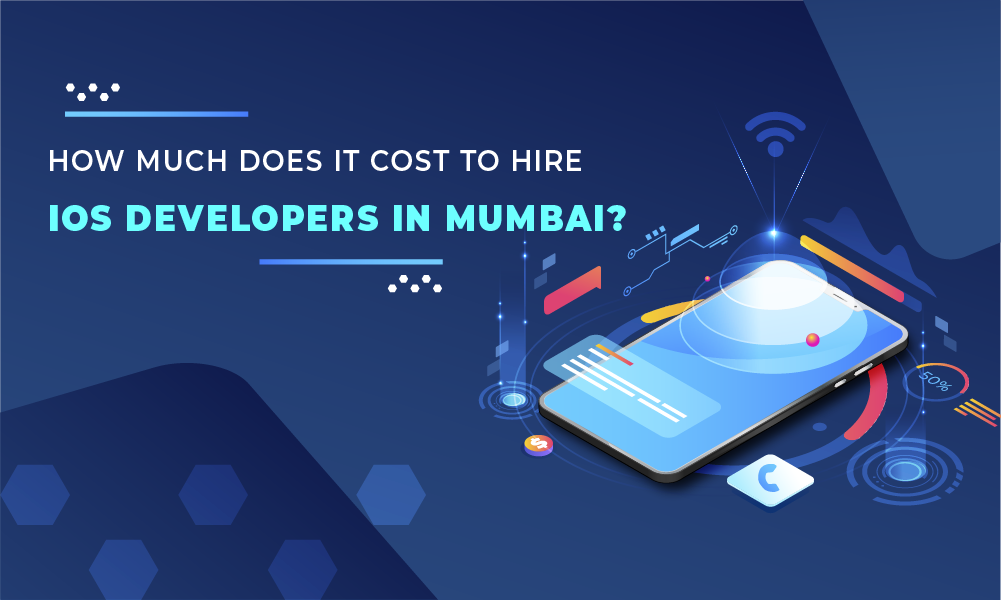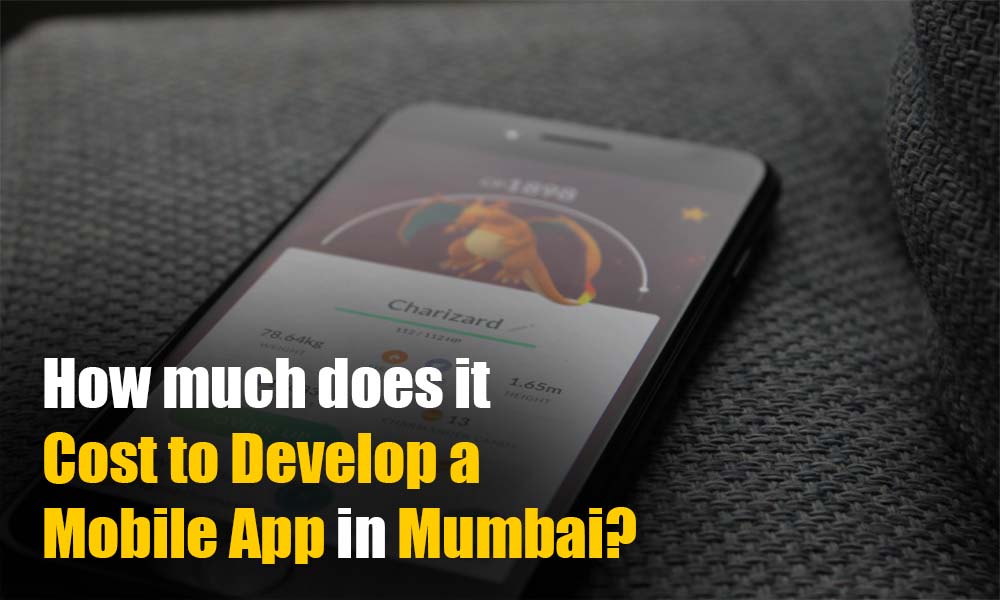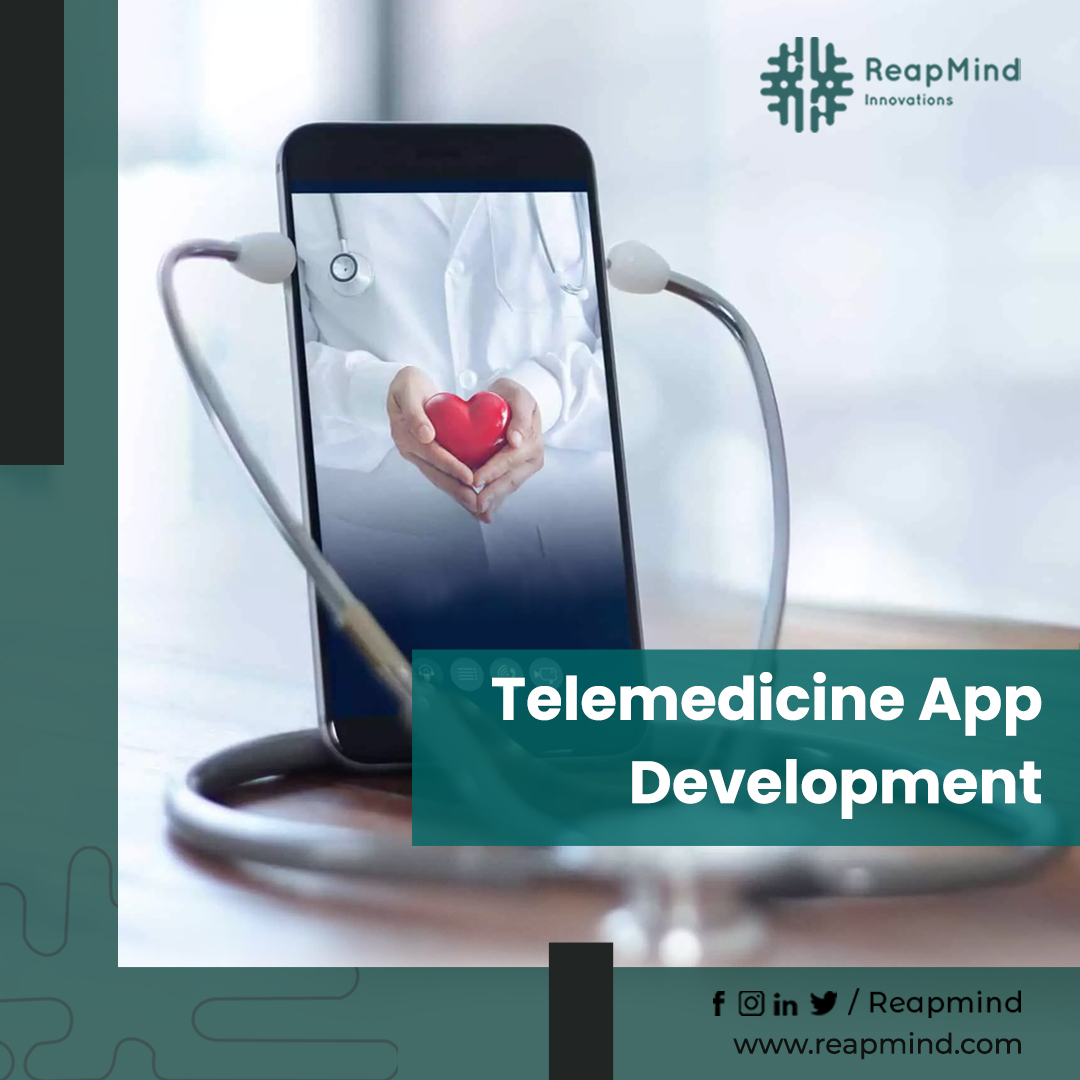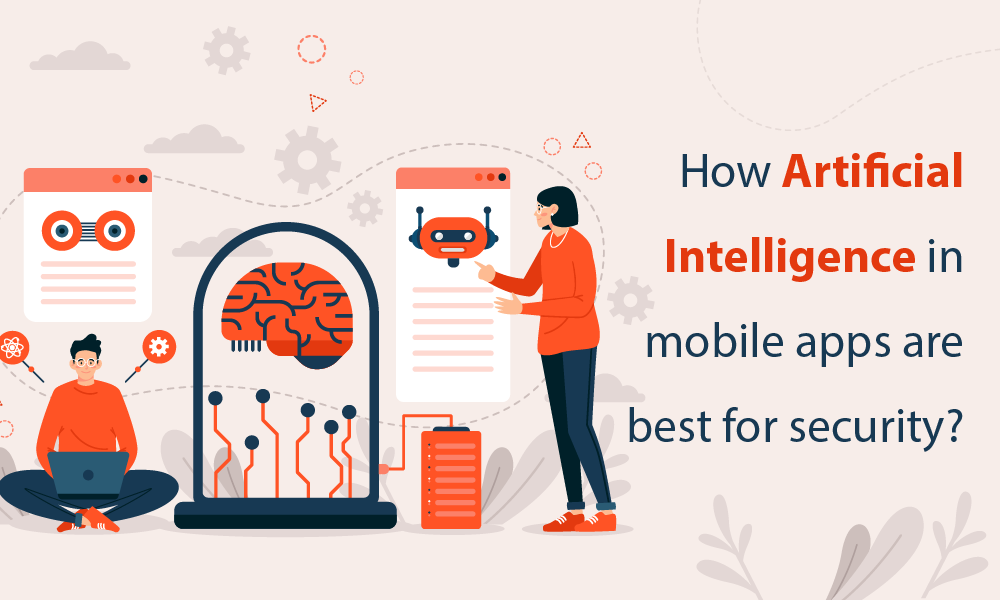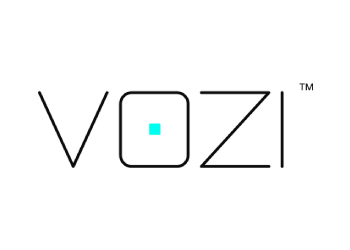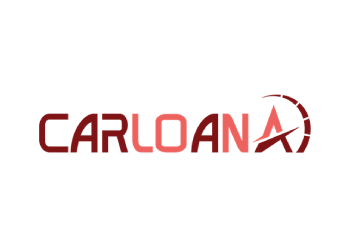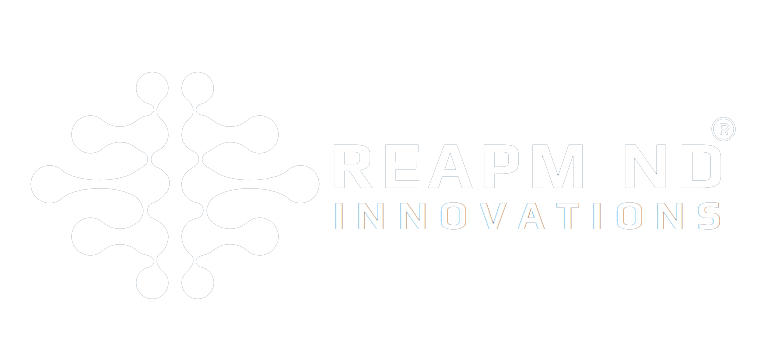Introduction:
The world population is projected to reach 10 billion by 2050, and the pressure on our agricultural systems is mounting. Arable land is shrinking, resources are dwindling, and traditional farming methods are struggling to keep pace. This is where smart farming emerges as a beacon of hope, a technological revolution promising to cultivate a more sustainable and efficient future for agriculture.
Smart farming is revolutionizing the agriculture industry, with a key enabler being the development of innovative mobile applications. These apps play a pivotal role in empowering farmers with real-time data, precision agriculture, and seamless management of farm operations.
According to a report by Research and Markets, the global smart farming market is projected to reach $15.3 billion by 2025, indicating a significant opportunity for app developers in this domain.
The benefits of smart farming apps are substantial, including increased operational efficiency, enhanced decision-making through data analytics, and optimized yield management.
As per a survey by AgFunder, 79% of farmers believe that smart farming technologies are a key factor in addressing the challenges of modern agriculture.
In this blog, we’ll delve into the various aspects influencing the cost of developing a precision agriculture app.
Understanding Smart Farming Apps:
Table of Contents
ToggleSmart farming apps stand as the digital backbone of the agricultural revolution, empowering farmers with data-driven insights and cutting-edge tools to optimize operations, maximize yields, and navigate the challenges of modern agriculture.
Let’s delve into the core functionalities that power these transformative apps:
1. Data Collection and Analysis: Smart farming apps pull together data from different sensors and records to show farmers how their crops are really doing. Seeing everything on clear dashboards makes it easier for farmers to make good choices quickly.
2. Real-Time Monitoring: These apps keep watch over important signs of plant health, allowing farmers to spot issues early and take care of them before they get out of hand. Knowing what’s going on right now helps farmers work smarter.
3. Precision Farming Tools: Smart apps use data and AI to give farmers useful recommendations tailored to their land and crops, like perfect watering schedules to avoid waste. This helps crops thrive and reduces their environmental impact.
4. Yield Prediction and Forecasting: Using past data and real-time crop conditions, smart apps get a better read on estimated harvests. By forecasting yields and potential problems ahead of time, apps allow farmers to make adjustments that protect production.
5. Market Access and Price Information: They help connect farmers directly with buyers and markets to help them earn fair value for their hard work and avoid middleman markups. Real-time pricing keeps farmers up-to-date so they can make savvy selling choices.
6. Community and Knowledge Sharing: Smart apps enable farmers to learn from their peers’ experiences and get quick expert advice. By facilitating idea sharing and education within the community, apps promote growth and better farming for all users.
By harnessing these core functionalities, smart farming apps transform data into actionable insights, empowering farmers to cultivate a more sustainable, efficient, and profitable future.
Factors Affecting Smart Farming App Development Cost:
Developing a smart farming app can be an exciting endeavor, but understanding the costs involved is crucial for making informed decisions. Let’s delve into the key factors influencing the development cost of a stellar smart farming app:
1. App Complexity:
Basic features like data visualization, crop management tools, and weather forecasts lay the foundation. These are relatively cost-effective, while advanced features like AI integration, real-time monitoring with sensors, and disease prediction using machine learning add complexity and impact the cost significantly.
2. Platform Compatibility:
Choosing between native apps for specific platforms (Android and iOS) or hybrid apps that work across both offers trade-offs. Native apps provide a more personalized experience but require double the development effort. Hybrid apps are faster and cheaper to develop but might have limitations in performance and features.
3. Offline Functionality:
Enabling your app to function even without internet connectivity adds cost due to the need for offline data storage and synchronization. However, this feature can be crucial for farmers in remote areas or with unreliable internet access.
4. Development Team and Location:
The experience and location of your development team play a significant role. Experienced developers command higher fees, but their expertise can save time and ensure quality. Offshore development might offer lower costs, but communication and time zone differences can present challenges. Consider freelance developers or agencies based on your budget and project complexity. Freelancers often offer competitive rates, while agencies provide a more comprehensive team structure and support.
5. Hardware Integration:
Integrating your app with sensors, drones, and other IoT devices opens up a world of possibilities but also adds cost. The complexity of the integration, the number of devices, and the data they generate all influence the price. Common integrations like soil moisture sensors can range from a few hundred to several thousand dollars, depending on features and accuracy.
6. Data Security and Privacy:
Robust data security measures are non-negotiable in agricultural apps that handle sensitive information. Implementing encryption, access controls, and compliance with regulations like GDPR or CCPA incurs additional costs, but safeguarding user data is essential for building trust and avoiding legal repercussions.
Cost Breakdown by Project Scope:
The cost breakdown for each project scope is influenced by the specific features, complexities, and technologies integrated into the smart farming apps. Following is a breakdown of the estimated costs for developing different types of smart farming apps, along with the key factors influencing the price range:
- Simple Farm Management App:
| Feature | Description | Estimated Cost Range |
| Record-keeping | Track crops, harvests, and expenses. | $25,000-$35,000 |
| Basic analytics | Generate reports and visualize data. | $15,000-$20,000 |
| Weather forecasts | View weather updates and predictions. | $5,000-$10,000 |
| Total Estimated Cost: | $25,000-$150,000 |
- Precision Agriculture App with Basic Sensors:
| Feature | Description | Estimated Cost Range |
| Real-time data monitoring | Track soil moisture, temperature, and other environmental factors. | $5,000-$8,000 |
| Basic sensor integration | Integrate common sensors (e.g., soil moisture, temperature). | $2,000-$4,000 |
| Basic recommendations | Receive data-driven suggestions for irrigation and fertilization. | $3,000-$5,000 |
| Total Estimated Cost: | $10,000-$17,000 |
- Advanced Smart Farming App with AI & Automation :
| Feature | Description | Estimated Cost Range |
| AI-powered decision-making | Receive automated insights and recommendations based on real-time data. | $10,000-$15,000 |
| Automated irrigation | Set up and control irrigation systems based on specific needs. | $5,000-$8,000 |
| Advanced sensor integration | Integrate diverse sensors (e.g., nutrient, light, disease). | $3,000-$5,000 |
| Total Estimated Cost: | $20,000-$28,000 |
- Maintenance & Updates:
Ongoing maintenance and updates are crucial for functionality, security, and user satisfaction. Regular updates ensure compatibility with evolving devices and operating systems, patch vulnerabilities, and add new features based on user feedback. Consider either maintenance contracts (ranging from $500-$2,000 per month) or hourly developer support rates (around $50-$100 per hour) to keep your app thriving.
- Marketing & Promotion:
Marketing and promotion are essential to reaching your target audience. Allocate a budget for app store optimization, social media marketing, or targeted advertising to ensure your app gets discovered by farmers who need it most. This investment can significantly amplify your app’s impact and return on investment.
Successful Smart Farming Apps:
Understanding successful smart farming apps can offer valuable insights into features, functionalities, and potential development costs. Let’s explore three real-world examples:
1. Taranis:
This app is a top-notch solution perfect for large farms, vineyards, and orchards. It uses smart aerial imagery to spot pests, diseases, and nutrient issues, helping farmers act fast. With its predictive analytics, it forecasts yields and optimizes resources. Taranis is easy to integrate with weather data and farm software, ensuring seamless management. Costing around $2–5 million to develop, it’s a reliable choice with high accuracy and strong industry partnerships.
2. Plantix:
Plantix works as a handy tool for small and medium-sized farmers globally. It uses images to identify pests and diseases, making farming easier. Its user-friendly design and multilingual support make it accessible to everyone. With a vast library of plant problems and a helpful community forum, it offers both free and affordable premium features. Development costs range from $1 to $2 million, reflecting its effectiveness and affordability.
3. Prospera:
Tailored for vineyards, orchards, and specialty crops,Propspera offers real-time weather updates and precise forecasts. Its specialized models predict disease and pest risks, while irrigation tools optimize water usage. Prospera provides detailed weather data and customizable alerts, seamlessly connecting with farm equipment and IoT devices. With development costs estimated at $1.5–3 million, it’s a smart investment for data-driven crop management and increased productivity.
Cost-Saving Strategies for Smart Farming App Development:
The world of smart farming is booming, with smart farming apps driving innovation and efficiency across the agricultural landscape. But developing such an app can seem daunting, especially when it comes to cost. By implementing smart cost-saving strategies, you can develop a stellar app without breaking the bank.
Here are key cost-saving strategies to consider:
- Start with the basics that fit your needs and budget, adding fancy features later if you want. Every extra thing you add costs more money, so keep it simple at first.
- Use ready-made code for common stuff to save time and money without sacrificing quality.
- Stick to one platform, like Android or iOS, at first, depending on what most farmers use. It’s cheaper to develop for just one.
- Keep testing and getting feedback as you go to fix problems early and avoid spending more later.
- Work with experienced companies like ReapMind instead of outsourcing. It costs more upfront, but you’ll get better quality, faster development, and more bang for your buck in the long run.
- Look into government grants for farmers to help cover the costs of making your app.
- If you don’t need anything fancy, consider using existing smart farming apps. They’re cheaper and quicker to set up, but you might not be able to customize them much.
How ReapMind can help you in develop the next big smart farming app?
The need for smart farming is undeniable. Feeding a growing population with shrinking arable land requires innovation, and smart farming apps are at the forefront of this revolution. But with global app development companies offering diverse solutions, determining the cost of your dream app can feel overwhelming.
Global app development companies may offer generic solutions, but your needs are unique. You need a partner who understands the nuances of agriculture and who can translate your vision into a powerful, user-friendly app.
You need the best smart farming app development company, you need ReapMind!
Why ReapMind?
- ReapMind stays on top of the latest tech trends like AI and IoT, making sure our apps are cutting-edge and ready for whatever the future holds.
- Team ReapMind employs iterative development, ensuring constant feedback and adjustments for optimal results.
- No two farms are the same, and neither are our apps. We customize each one to fit your farm size, crops, goals, and budget, ensuring it grows with you.
- We ensure your data is protected with robust security measures and regulatory adherence.
- We focus on features that actually make a difference, like improving efficiency and boosting profits. Plus, we do it all while keeping costs in check and sticking around for the long haul with ongoing support and updates.
- ReapMind is your long-term partner, providing continuous support and updates to keep your app thriving.
Don’t let the cost hold you back. Contact ReapMind today for a free consultation!
Conclusion:
The global smart farming app market is booming and is expected to reach a staggering $22.47 billion by 2025. This explosive growth underscores the tremendous potential of smart farming apps to revolutionize agriculture, boosting efficiency, sustainability, and profitability.
However, careful planning and budget allocation are essential. Whether you prioritize core functionalities or delve into advanced features like IoT sensor integration and AI, your specific needs and budget should guide your development journey.
That’s where ReapMind, the best smart farming app development company, comes in. We translate your vision into powerful, custom smart agriculture app development cost solutions.
Team ReapMind understands the complexities of agriculture and can translate your vision into powerful, customized mobile solutions. Our experienced developers leverage cutting-edge technologies to create cost-effective apps that deliver tangible results.
Contact ReapMind today for personalized quotes and consultations. Together, let’s craft the perfect smart farming app.
FAQs:
1. What’s the starting price range for a basic smart farming app?
Ans: A basic app with features like weather data, crop price trends, and basic resource management tools can start around $10,000–$20,000+.
2. Where can I learn more about ReapMind’s smart farming app development services?
Ans: Visit our website, explore our case studies, and contact us for a free consultation. We’re happy to help!
3. Does ReapMind offer custom smart agriculture app development solutions?
Ans: Absolutely! ReapMind specializes in crafting custom smart farming apps tailored to your specific needs and budget. We provide comprehensive solutions, from ideation and design to development and deployment.
4. How much does a complex farming app with features like IoT integration and AI-powered analytics cost?
Ans: Complex farming apps with advanced features can range from $50,000 to $200,000 or even more. The level of customization, data security measures, and chosen development team significantly impact the cost.
5. Is it cheaper to build a custom app or use a pre-built solution?
Ans: Custom apps offer greater flexibility and cater to specific needs, but cost more. Pre-built solutions might be cheaper initially, but customization options are limited.
